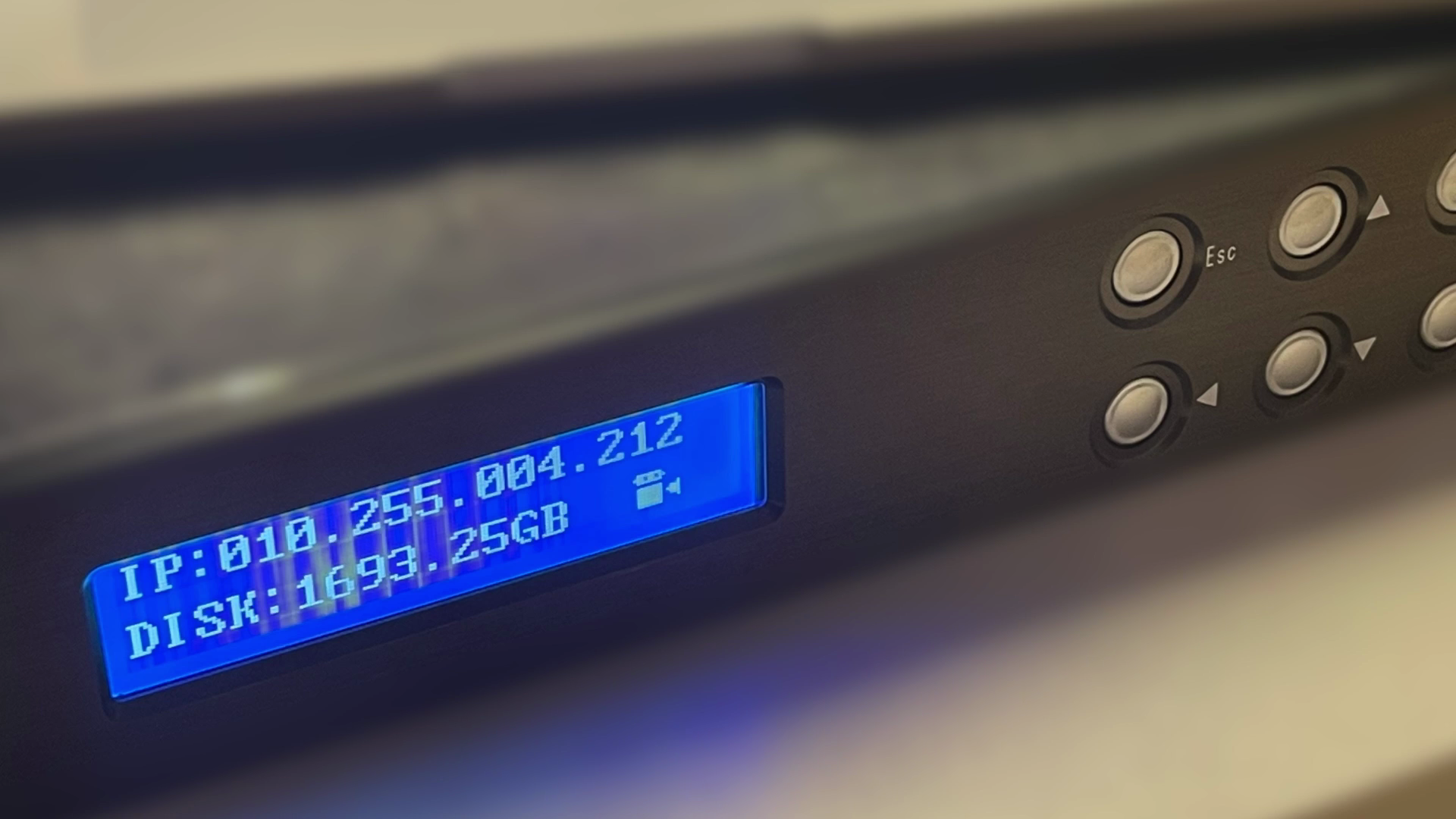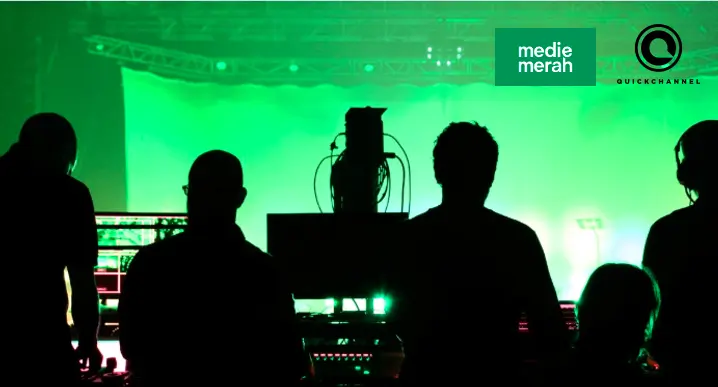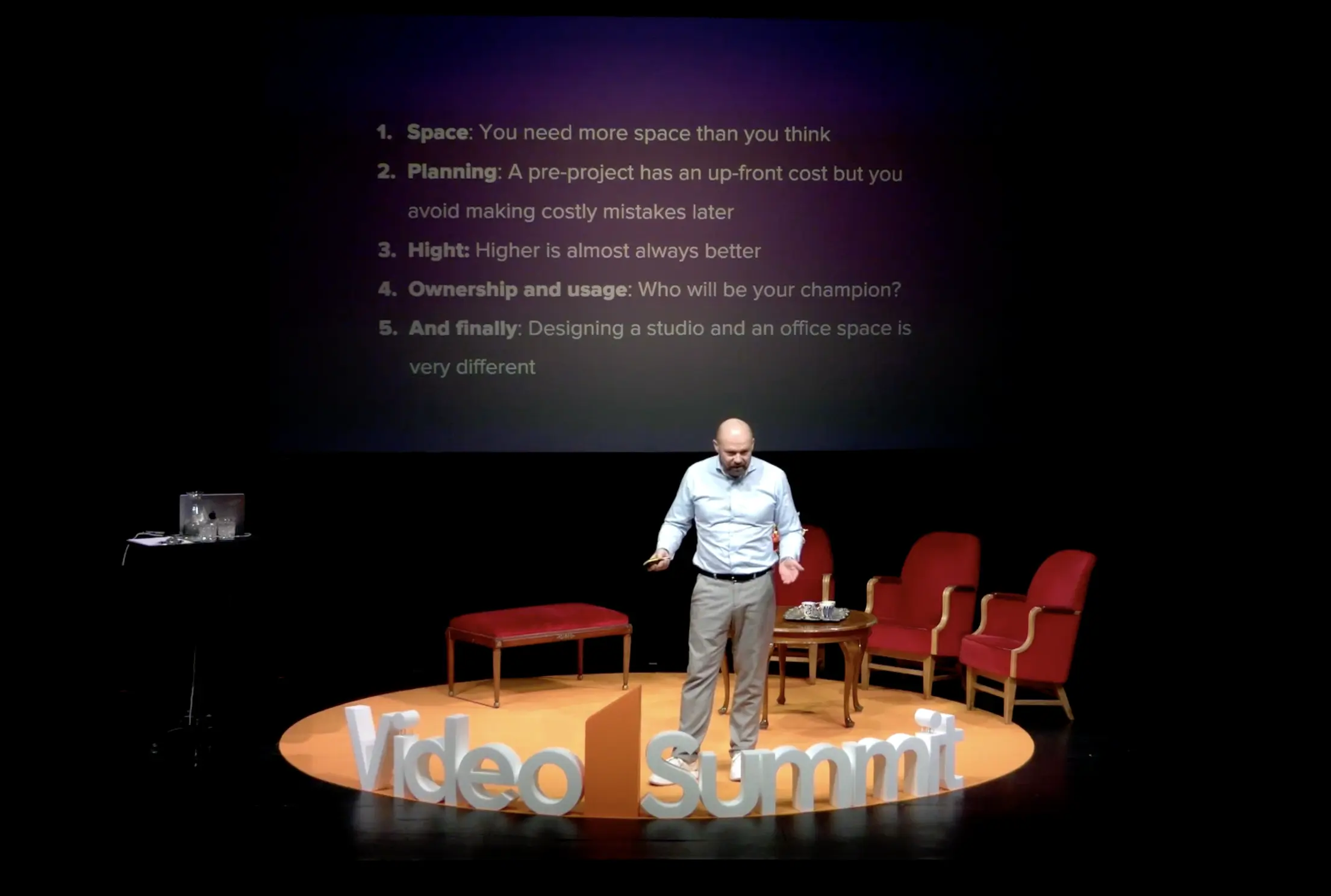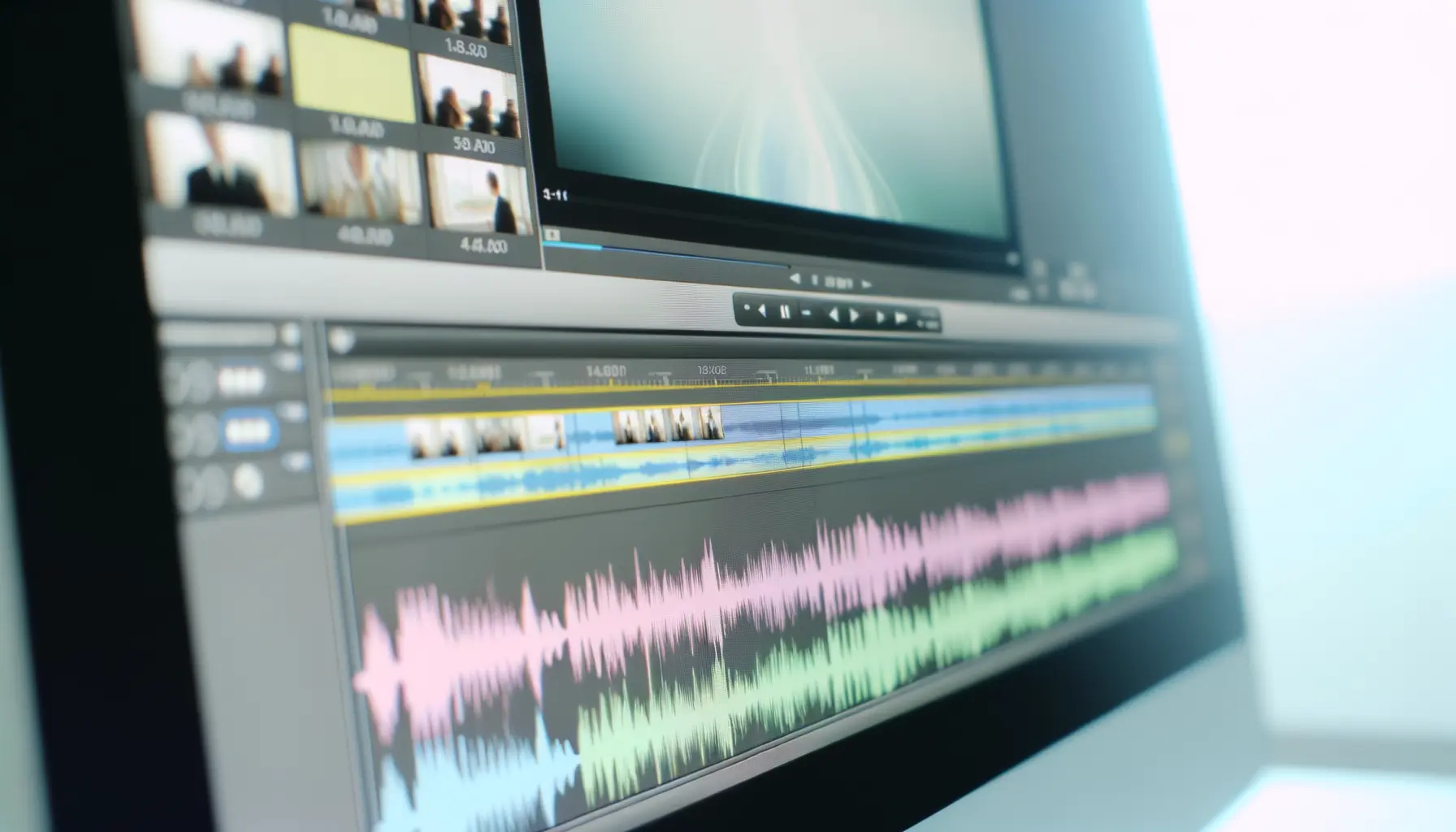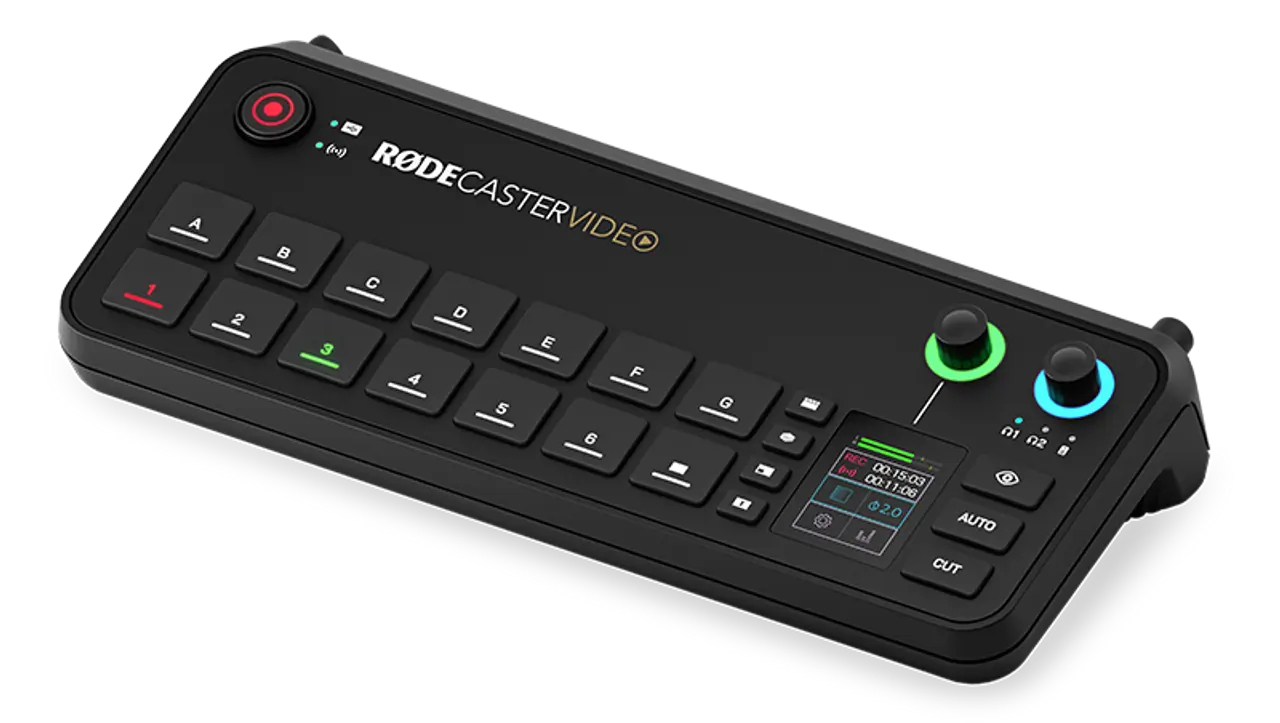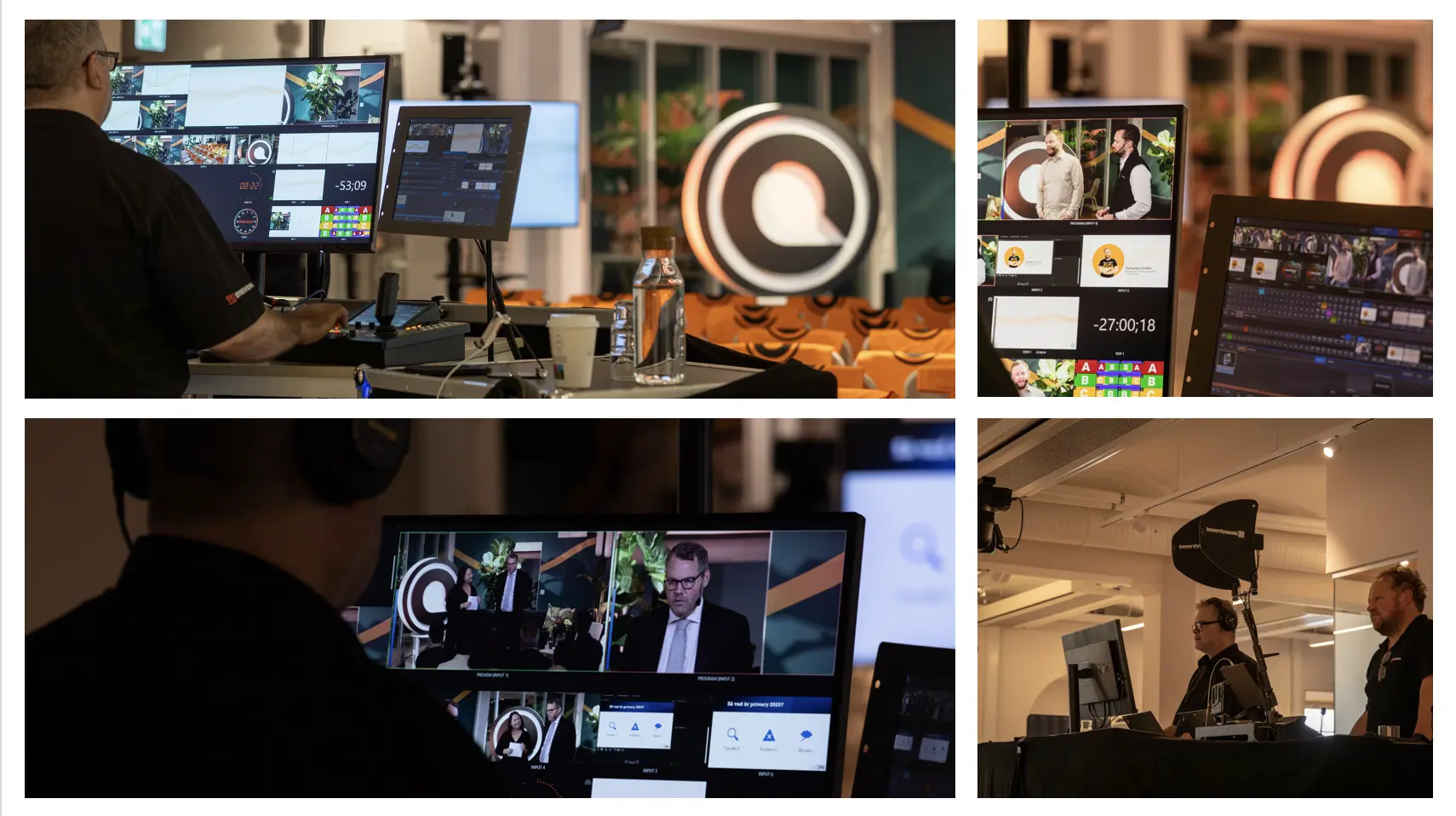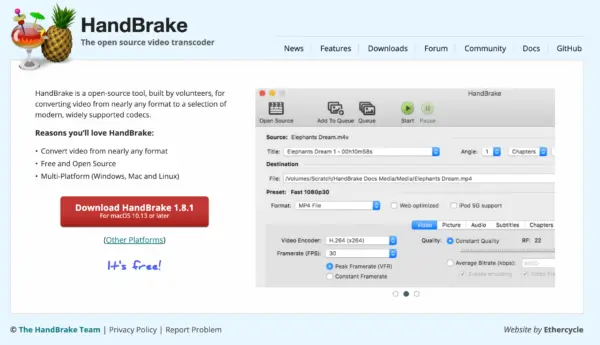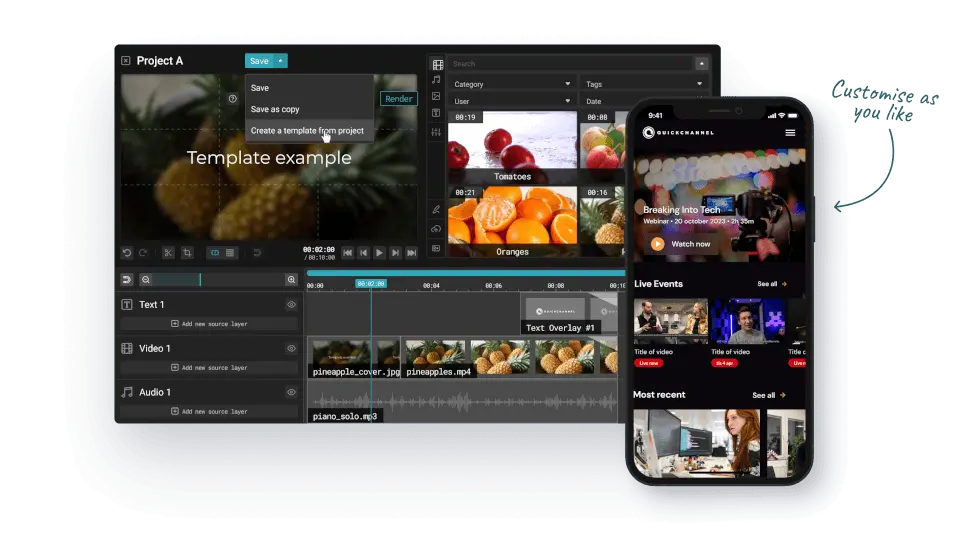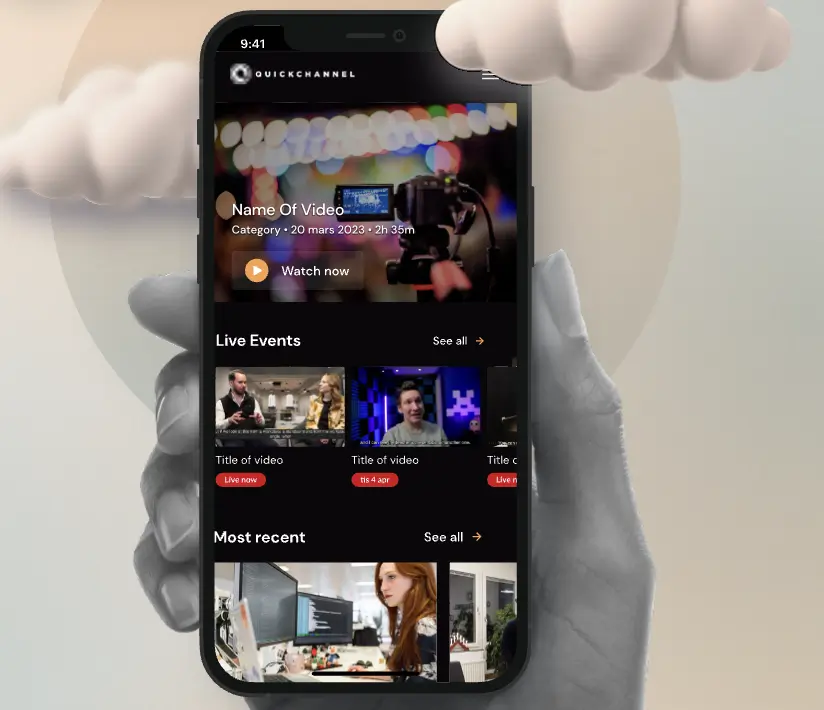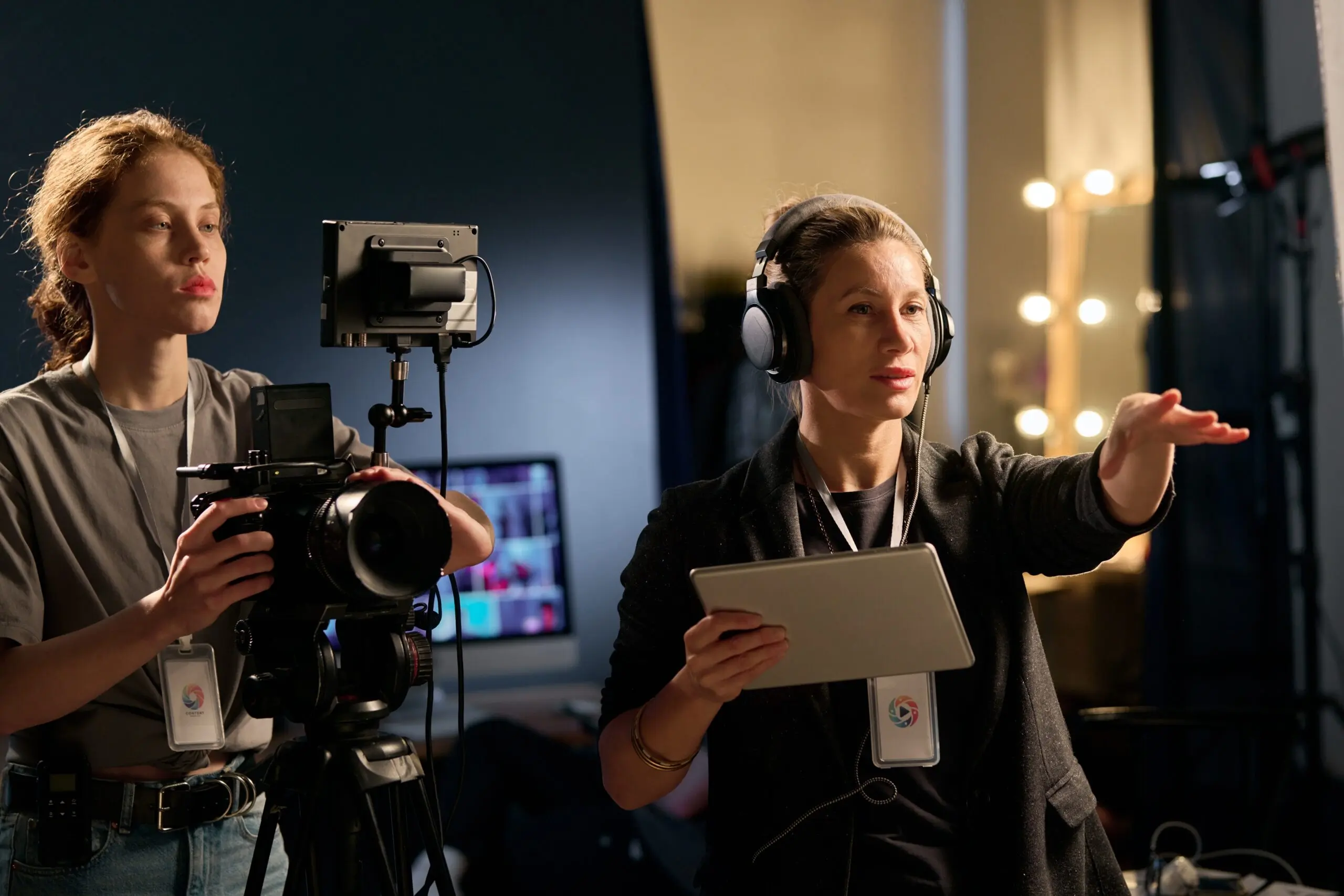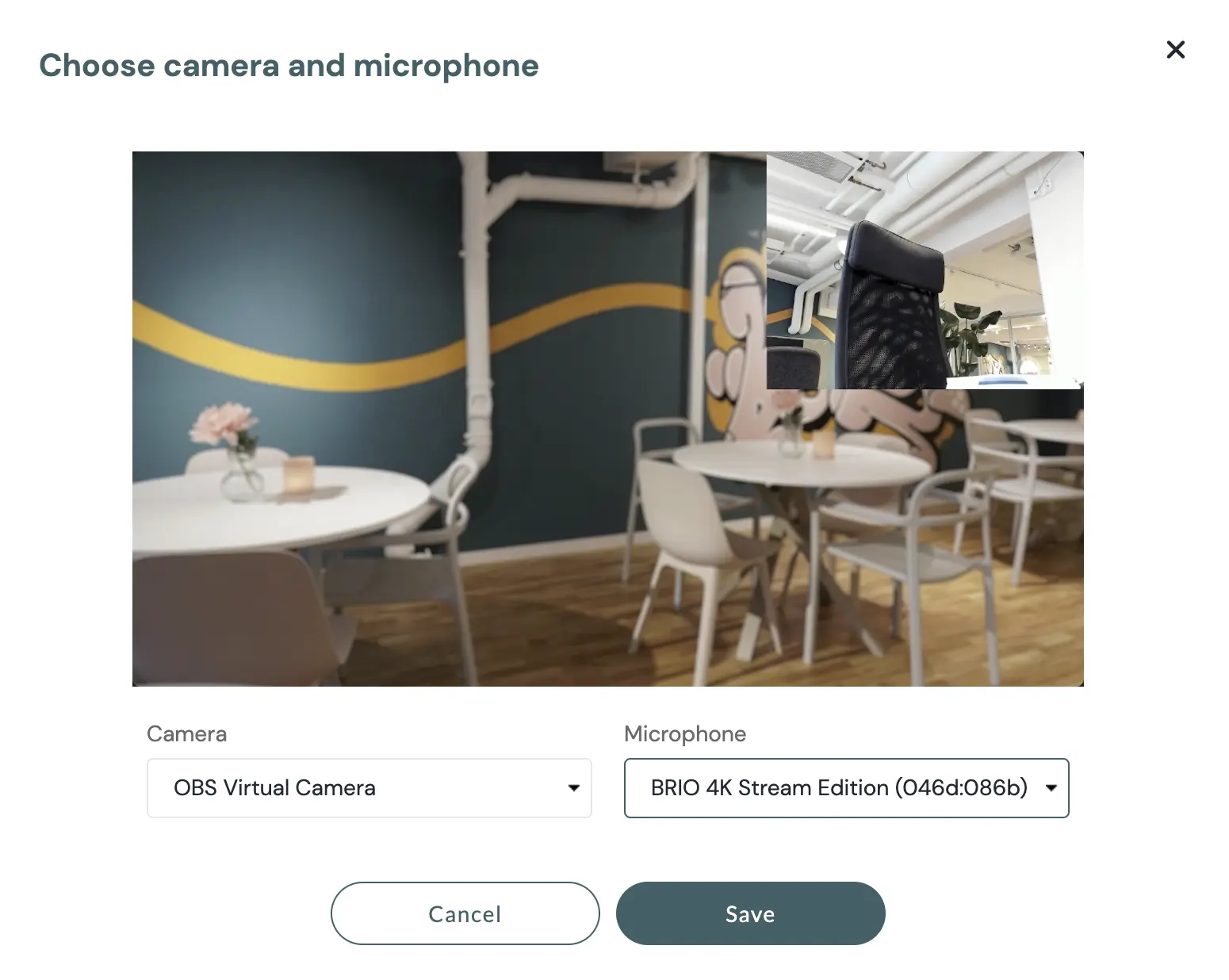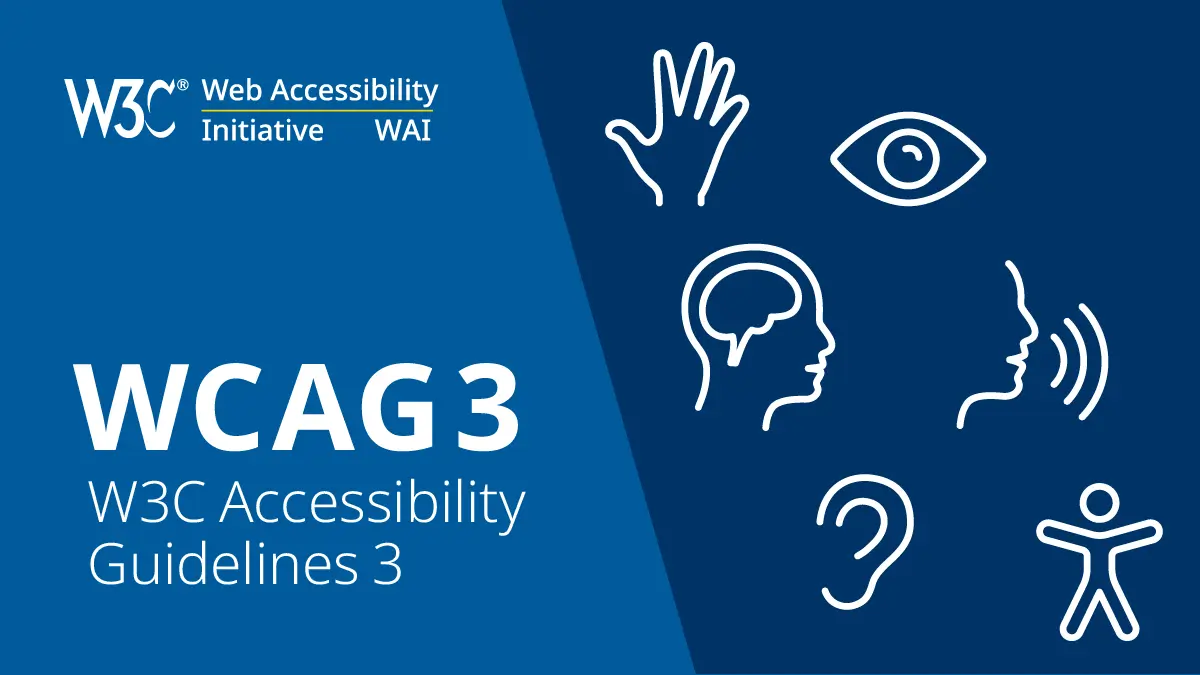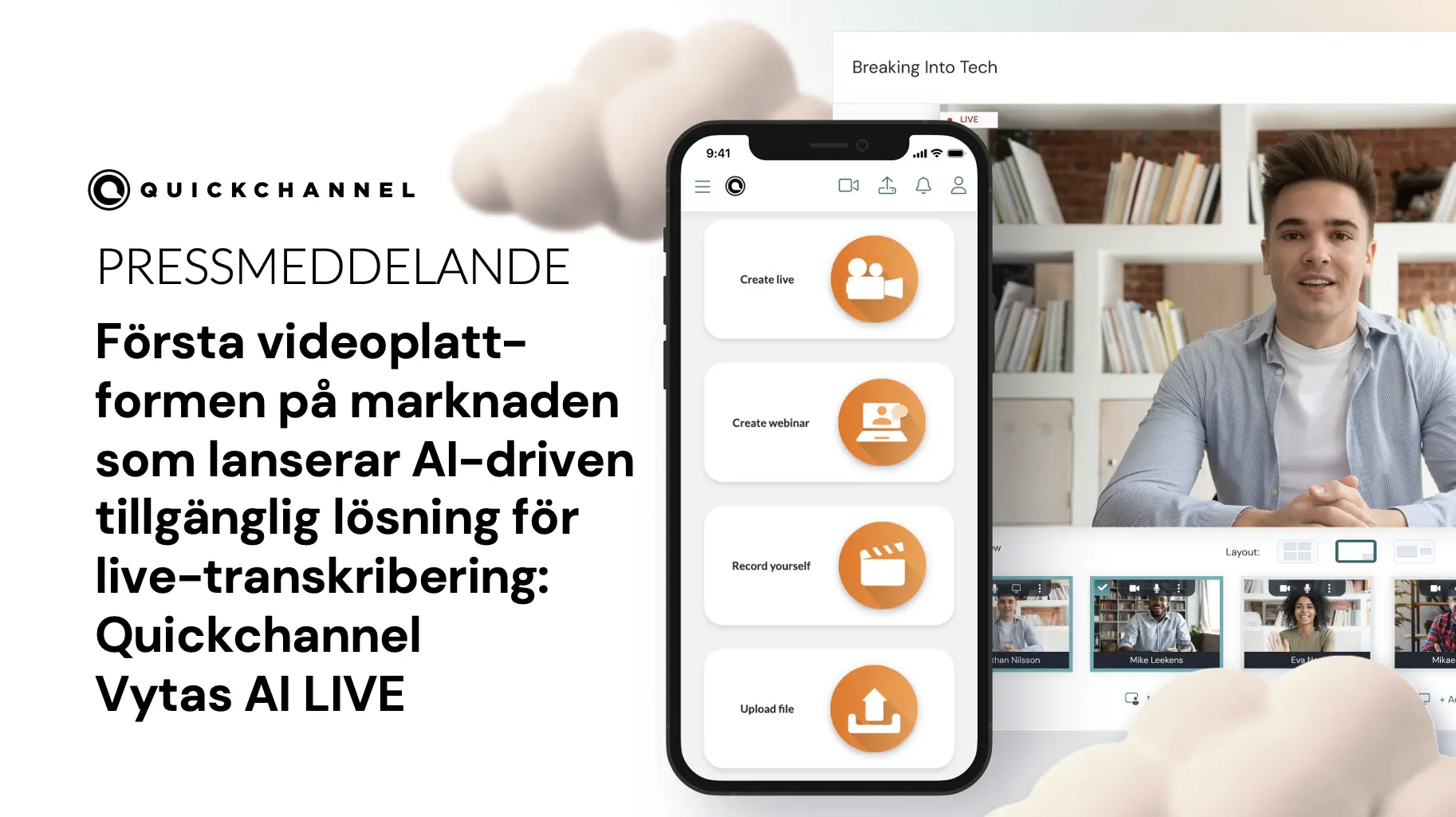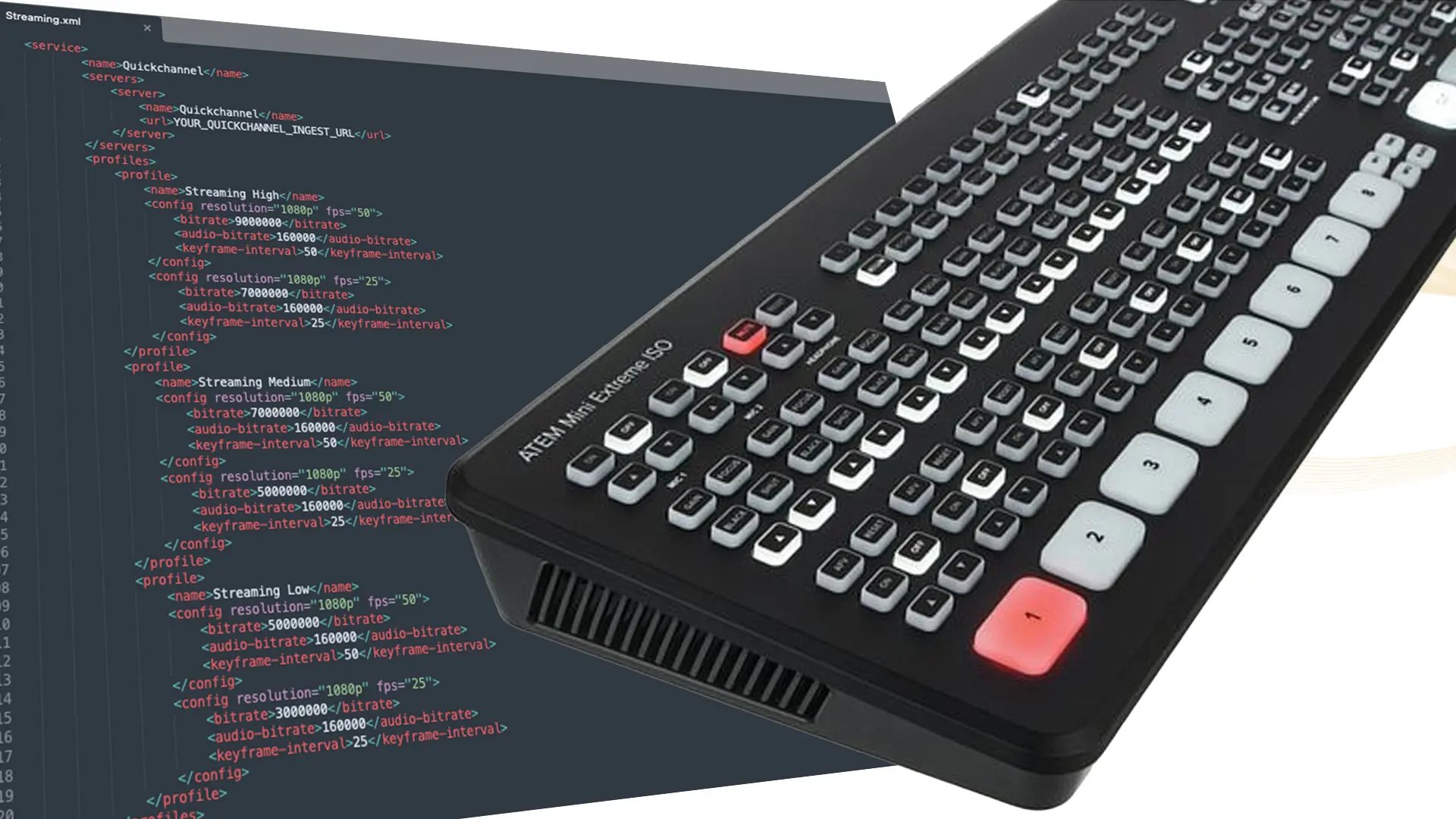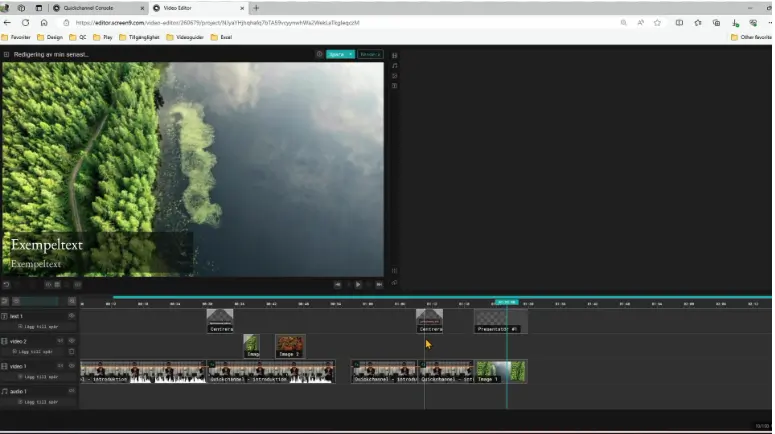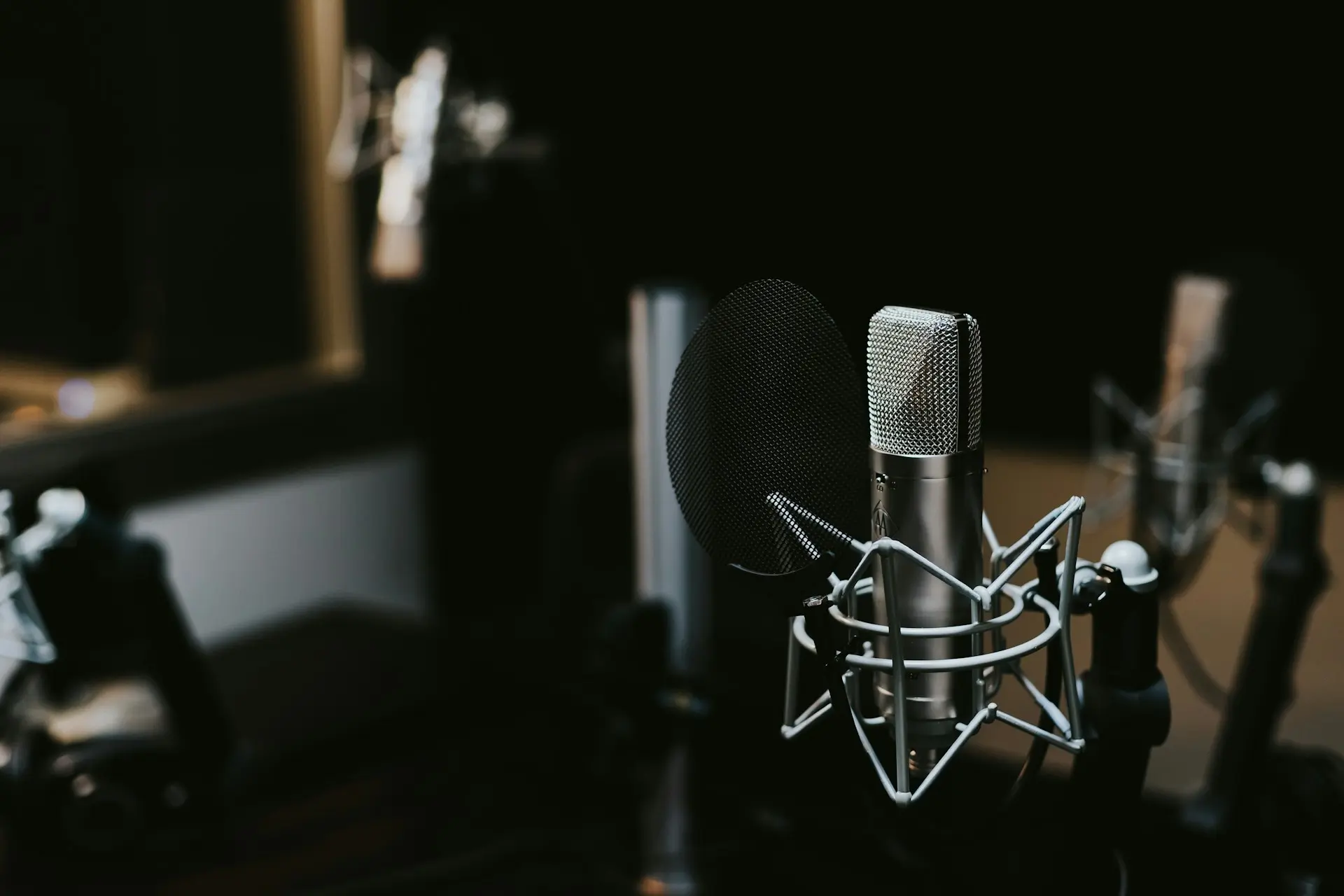In the world of videoproduction, selecting the right microphone can make all the difference between professional and amateur sound. With so many varieties available, understanding the different microphone types and their characteristics is crucial for making the right decision.
In this comprehensive guide, we’ll walk you through the two main types of microphones: dynamic and condenser. Additionally, we’ll explore the different microphone polar patterns, from omnidirectional to shotgun and giving you some recommendations for videoproduction.
1. Dynamic Microphones: Rugged and Versatile
Dynamic microphones are renowned for their robustness and versatility. They operate using a moving coil within a magnetic field, making them resistant to handling and high sound pressure levels (SPLs). They are ideal for capturing loud sounds like percussion instruments, electric guitars, and live vocals.
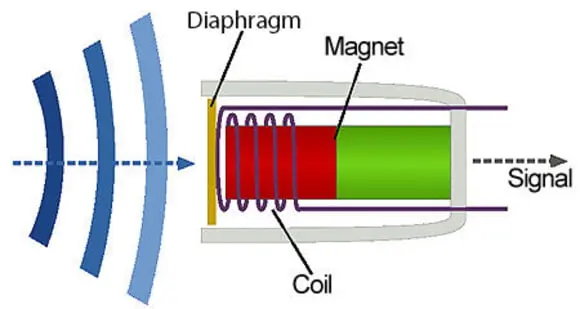
| Advantages:Withstand bumps and dropsHandle high sound pressure levels (SPLs)Less susceptible to ambient noiseAffordable | Disadvantages:Less sensitive than condenser microphonesLess uniform frequency responseMay pick up handling noise |
2. Condenser Microphones: Capturing Subtlety
Condenser microphones, also known as capacitors, are the perfect choice for capturing subtle sounds and details. They function using a thin diaphragm that vibrates in response to sound waves, giving them greater sensitivity and a wider frequency response.
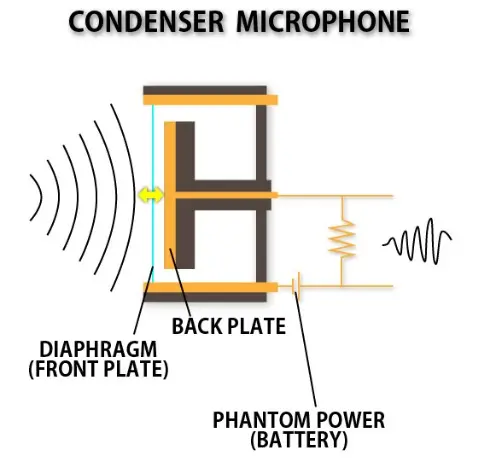
| Advantages:Higher sensitivityMore uniform frequency responseCapture details betterIdeal for acoustic instruments and vocals | Disadvantages:More fragile than dynamic microphonesLess resistant to high sound pressure levels (SPLs)More sensitive to ambient noiseGenerally more expensive |
3. Microphone Polarity: Capturing Sound in the Right Direction

Microphones differ not only in their type but also in their polarity, which is the ability to pick up sound from different directions.
Omnidirectional: Capture sound from all directions evenly, ideal for capturing ambient sounds and environments.
Unidirectional: Capture sound primarily from one direction, ideal for isolating an instrument or vocal. Within these, we find:
Cardioid: Reduce sound pickup from the sides and rear, minimizing ambient noise. They are the most common for vocal and instrument recordings.
Hypercardioid: More focused than cardioids, ideal for isolating sound sources in noisy environments.
Supercardioid: Offer the most directionality of unidirectional microphones, ideal for situations requiring precise pickup and minimizing background noise.
Bidirectional: Capture sound from two directions, ideal for capturing interviews or duets.
Shotgun: Also known as superdirectional, these are highly focused unidirectional microphones designed to capture sound from a long distance in a very narrow direction, ideal for capturing specific sounds in noisy environments.
4. Microphones for Videoproduction
At Quickchannel, we understand the importance of high-quality audio for successful online events. Whether it’s a video conference, meeting, or streaming event, clear and crisp sound is essential for engaging your audience and delivering a professional experience.
To help you choose the right microphones for your needs, we’ve compiled some recommendations based on the specific requirements of your event:
For Stationary Participants: Shotgun Microphones
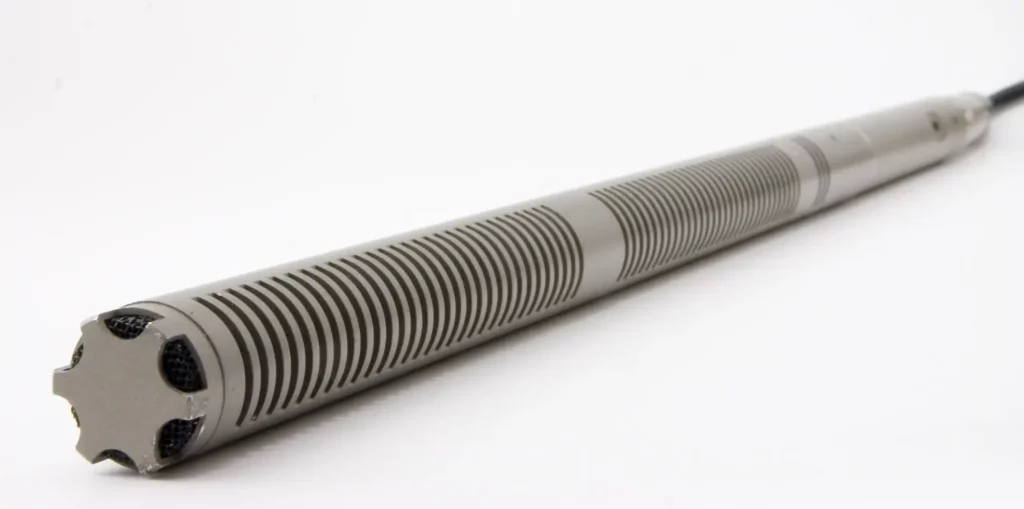
If your participants will remain in a fixed location during the event, shotgun microphones are an excellent choice. Their supercardioid polar pattern provides focused sound pickup, ensuring that the speaker’s voice is the primary focus while minimizing ambient noise. Additionally, shotgun microphones can be positioned at a greater distance from the speaker, reducing the need for intrusive placement near their clothing, enhancing comfort and minimizing distractions.
For Dynamic Movement: Lavalier Microphones
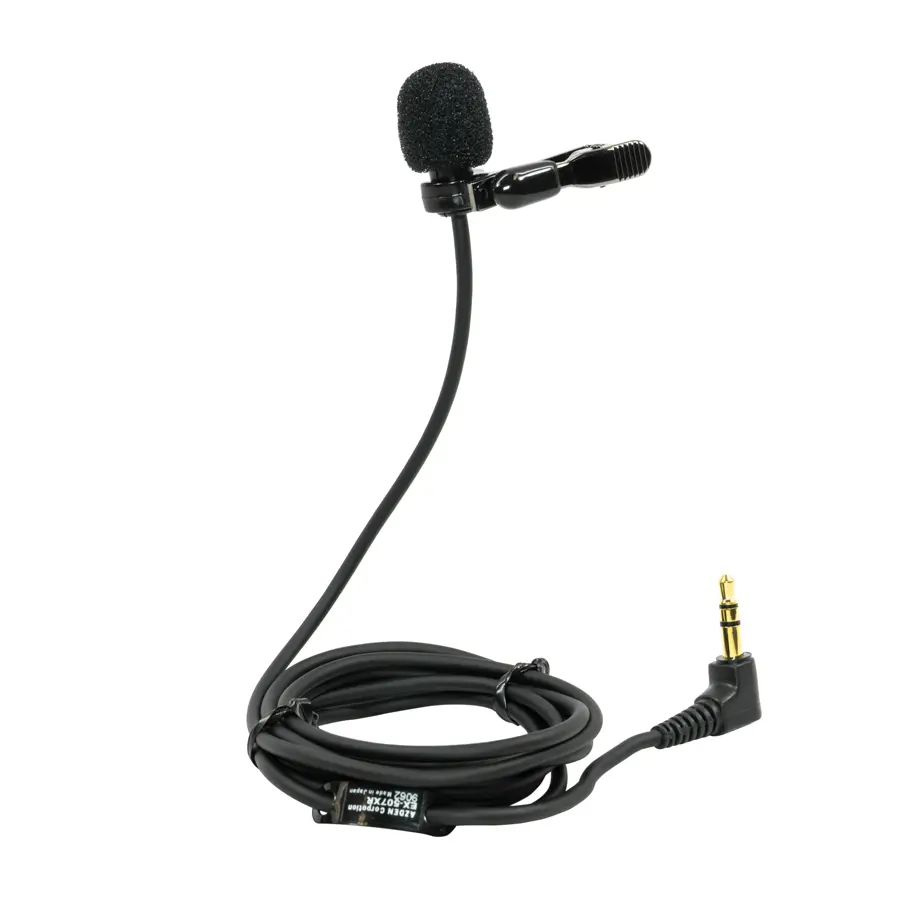
For situations where participants require freedom of movement, lavalier microphones offer a discreet and effective solution. Their small, clip-on design allows for easy attachment to clothing, ensuring consistent sound capture as participants move around the space. Lavalier microphones provide clear and focused voice capture without compromising audio quality, even during dynamic movement.
Microphone Placement: A Crucial Factor
Beyond selecting the right microphone type, proper placement is equally important for optimal sound capture. Ensure that the microphone is positioned appropriately to capture the speaker’s voice directly, minimizing off-axis pickup and ensuring consistent sound quality throughout the event.
By following these recommendations and considering the specific needs of your online event, you can choose the right microphones to deliver exceptional audio quality, enhance audience engagement, and elevate the overall professionalism of your event.
Additional Tips:
Consider the acoustics of the environment: If the event space has a tendency for reverberation or echo, consider using directional microphones to minimize unwanted reflections.
Test the microphones in advance: Before the event, take some time to test the microphones in the actual environment to ensure they are properly positioned and functioning optimally.
Use a high-quality audio mixer: A good audio mixer can help you control and optimize the sound from your microphones, ensuring a balanced and professional audio experience.
Remember, high-quality audio is a crucial component of a successful online event. By investing in the right microphones and understanding proper placement techniques, you can create a captivating and engaging experience for your audience.
With this comprehensive guide, you’re ready to choose the perfect microphone for your needs!






